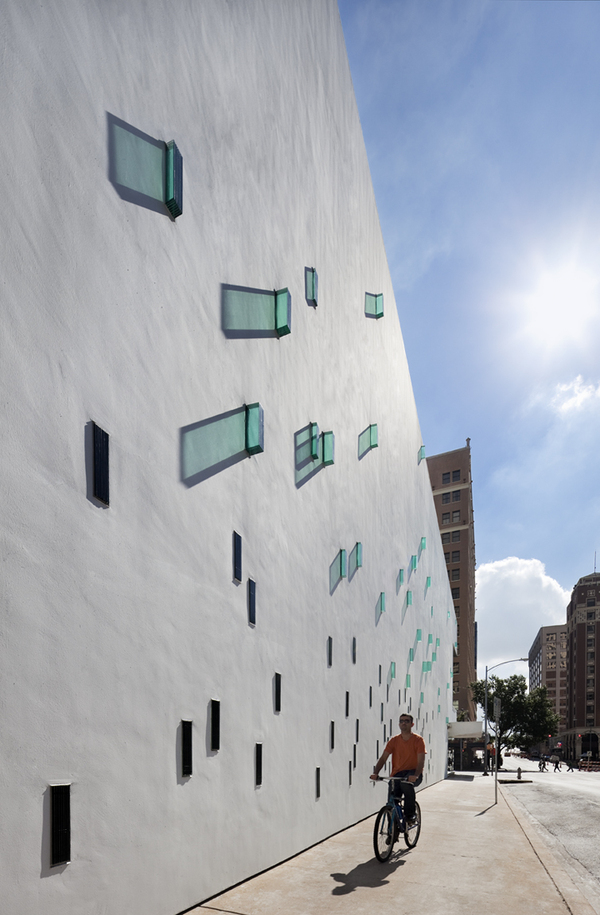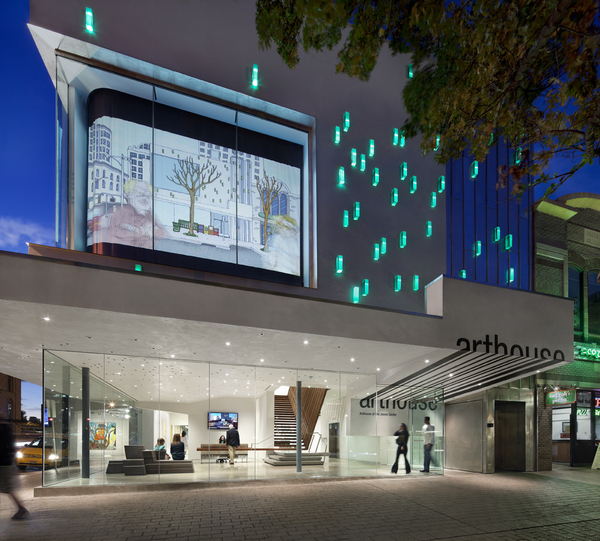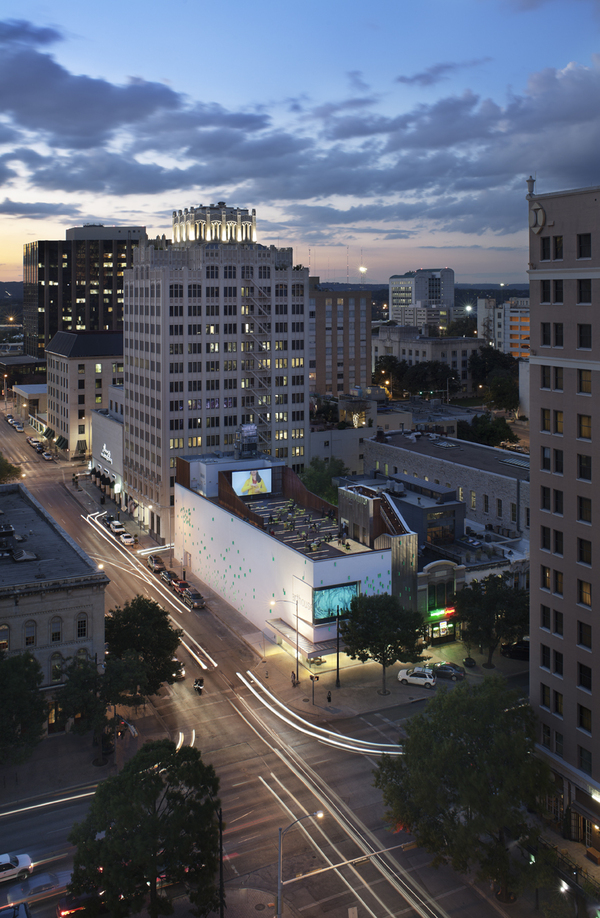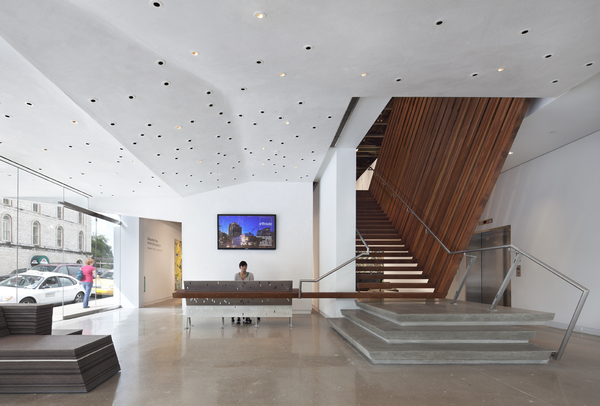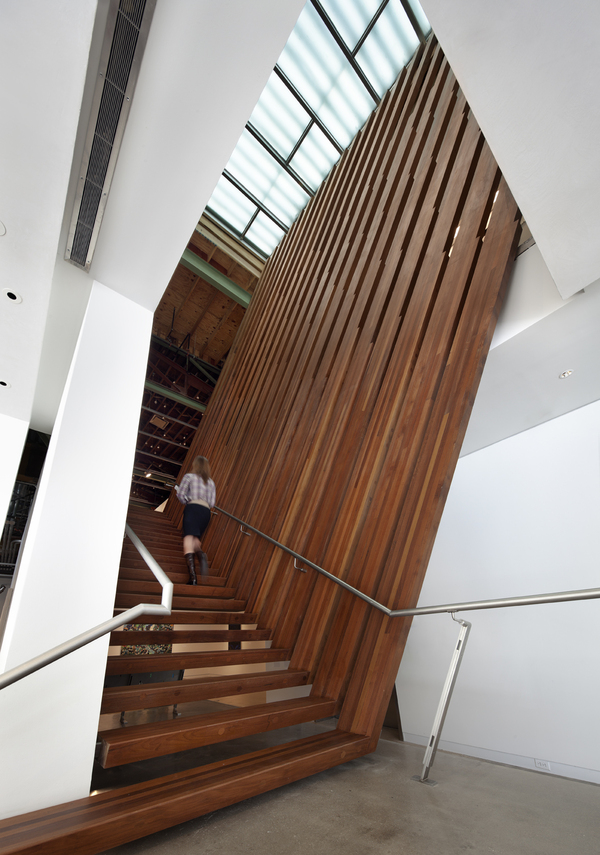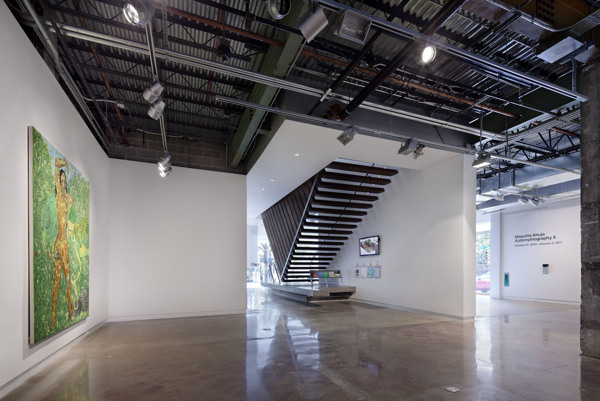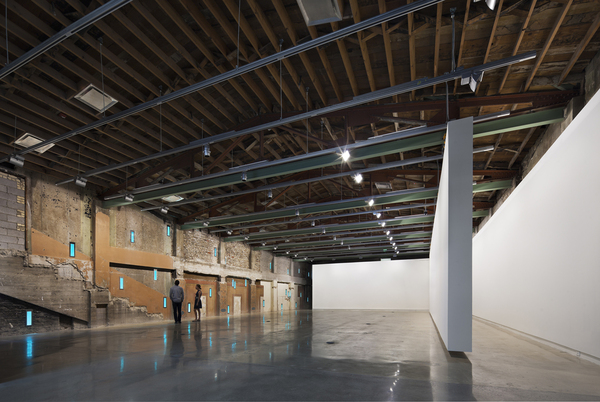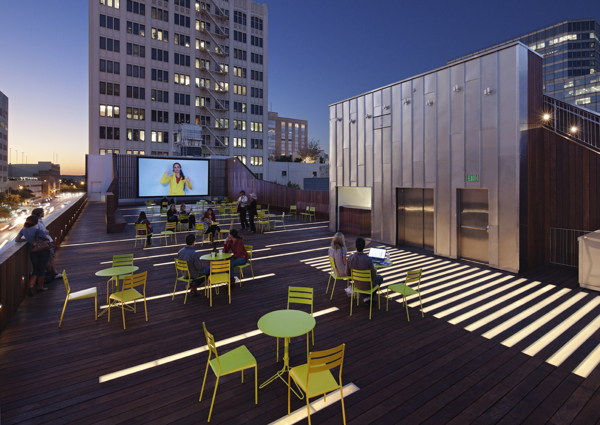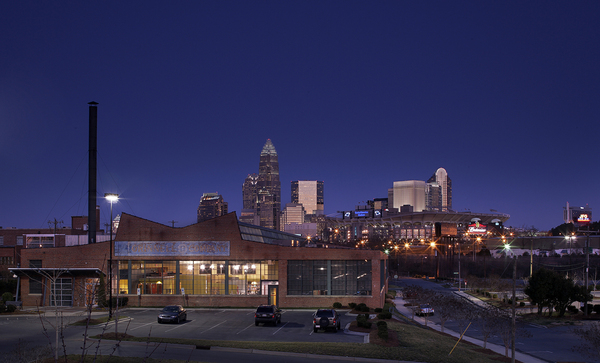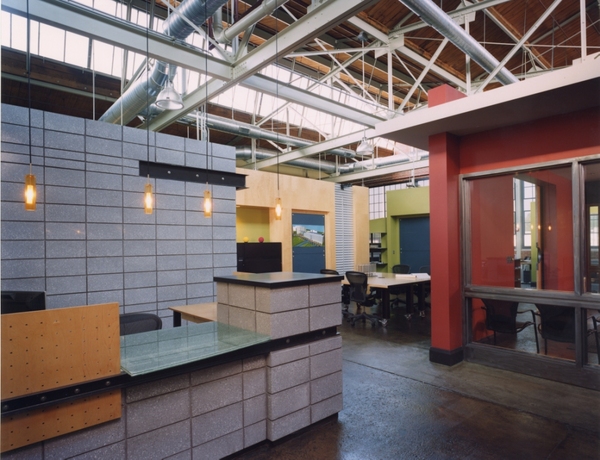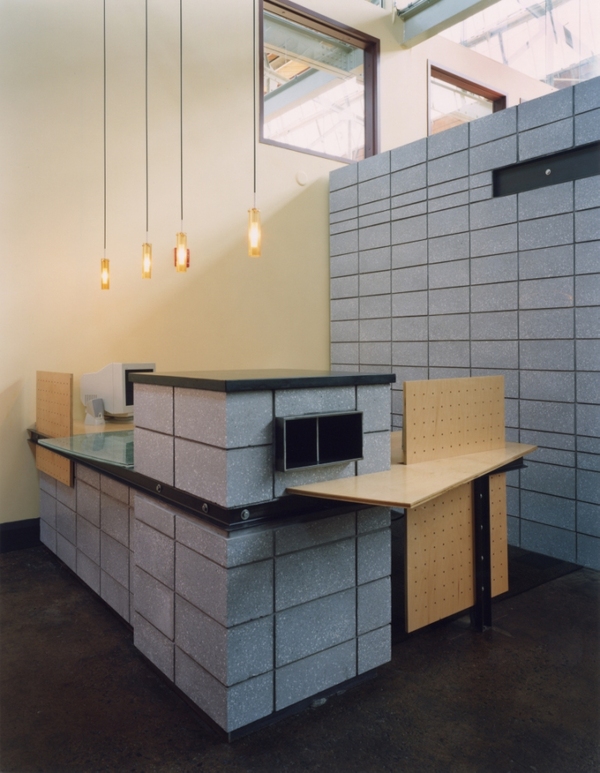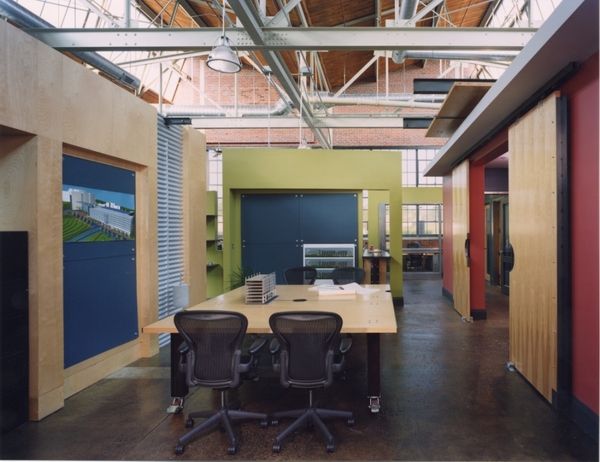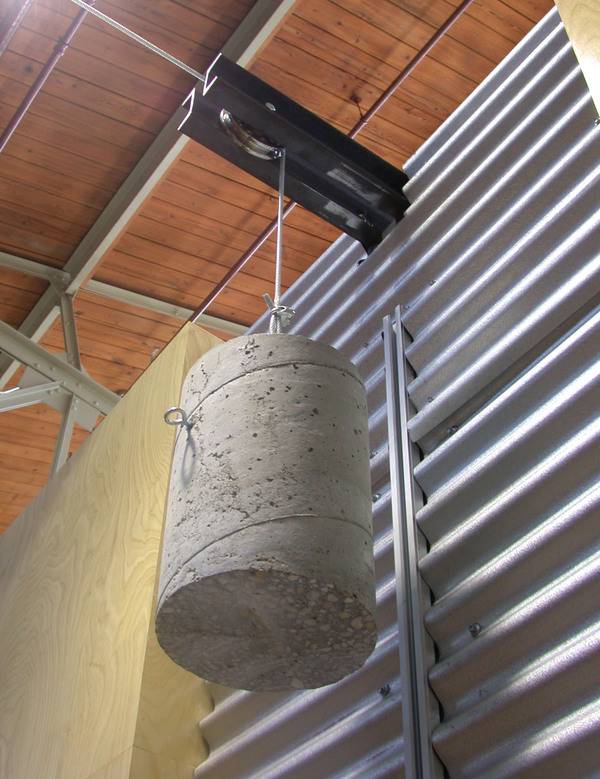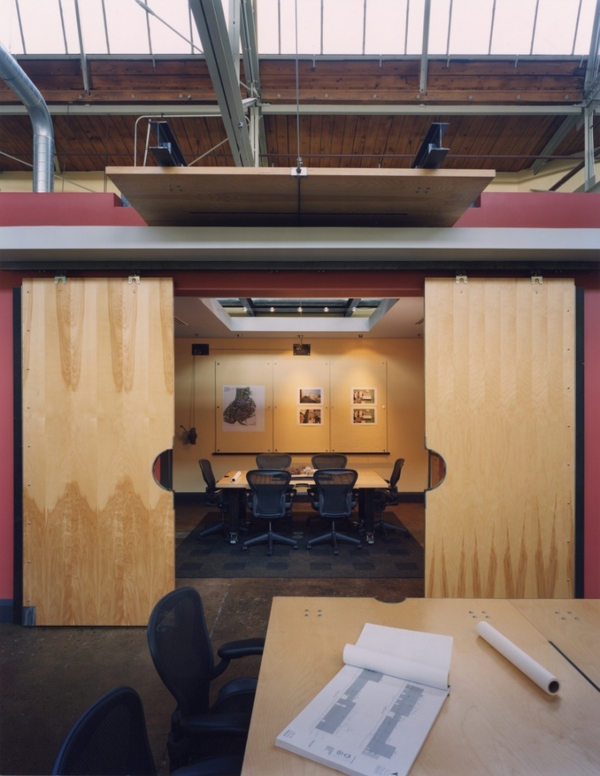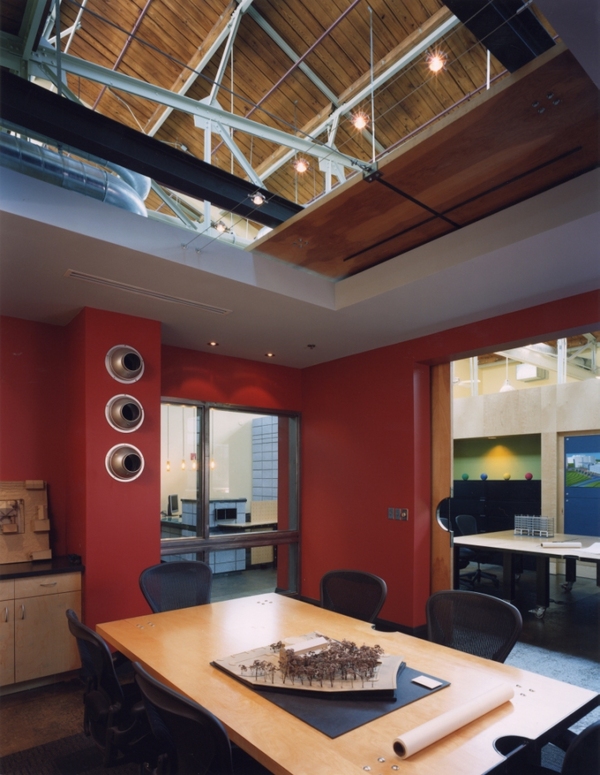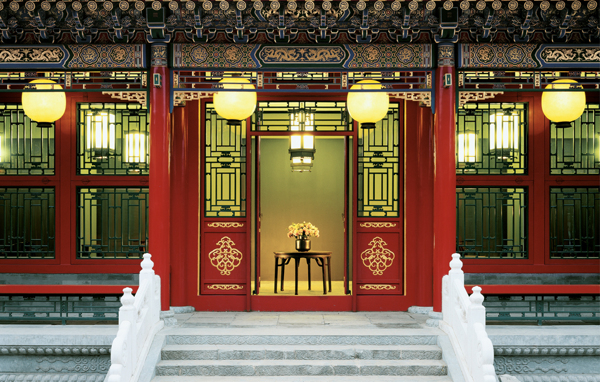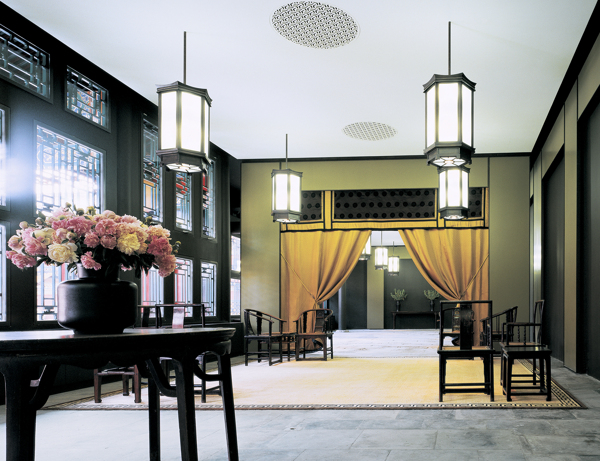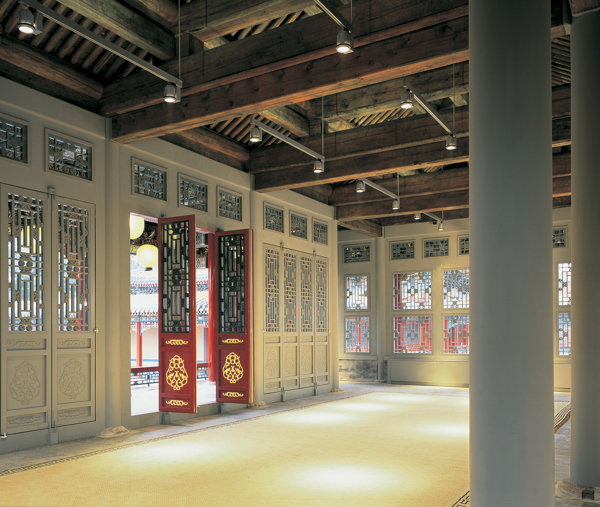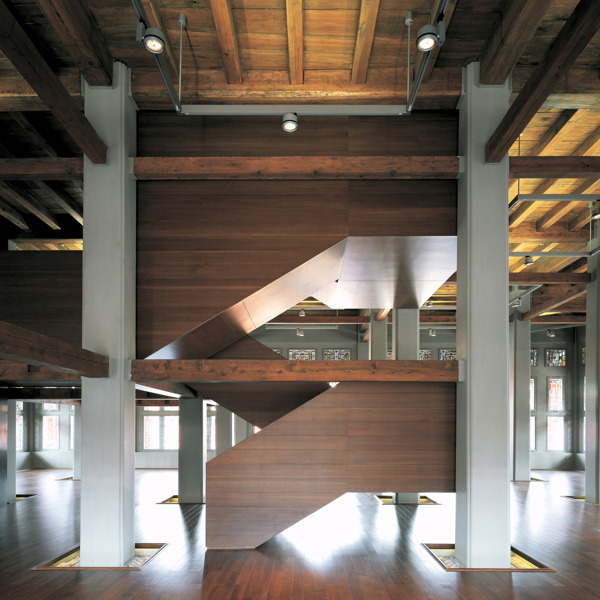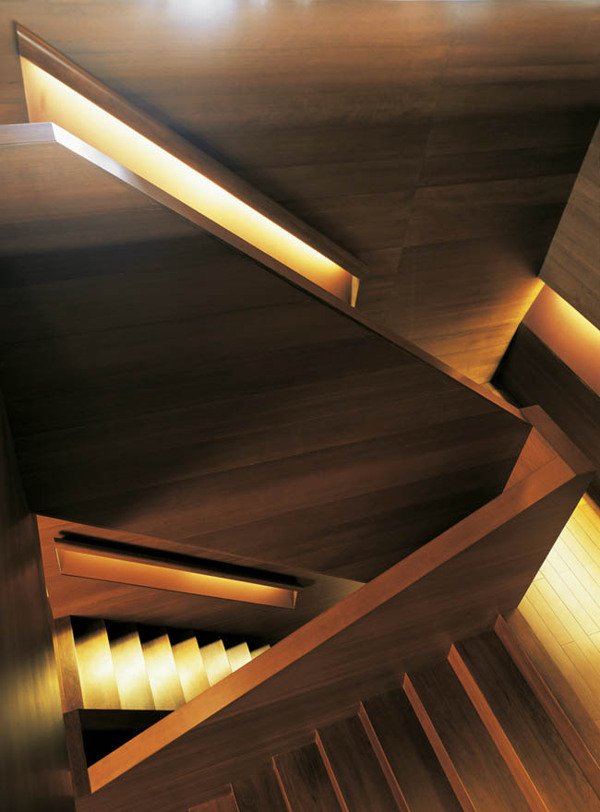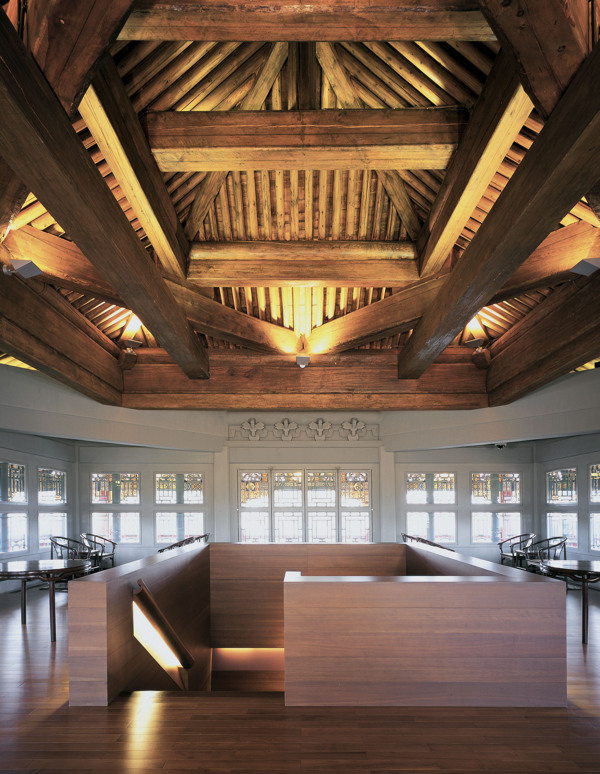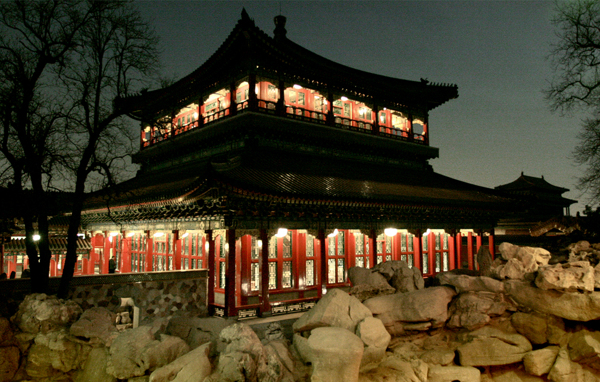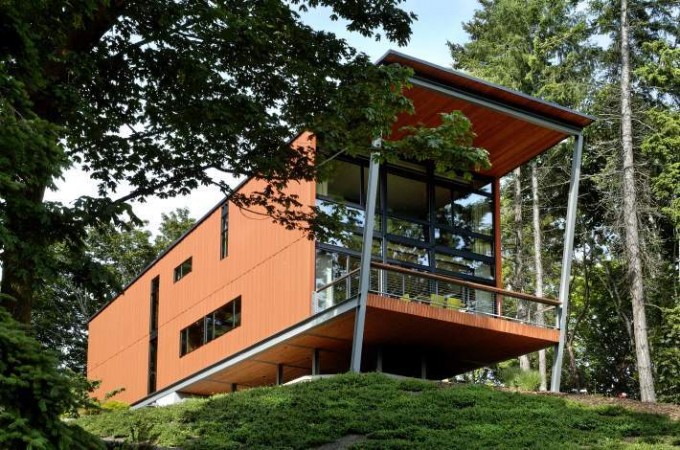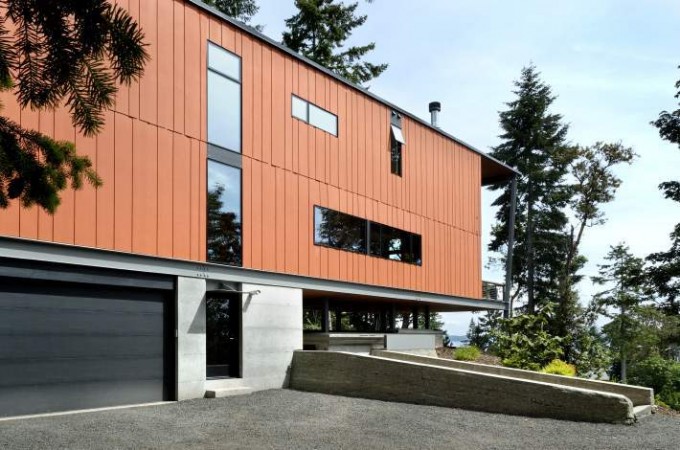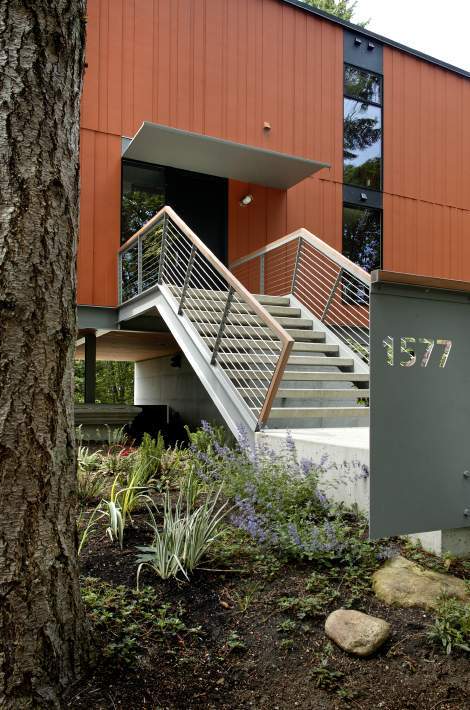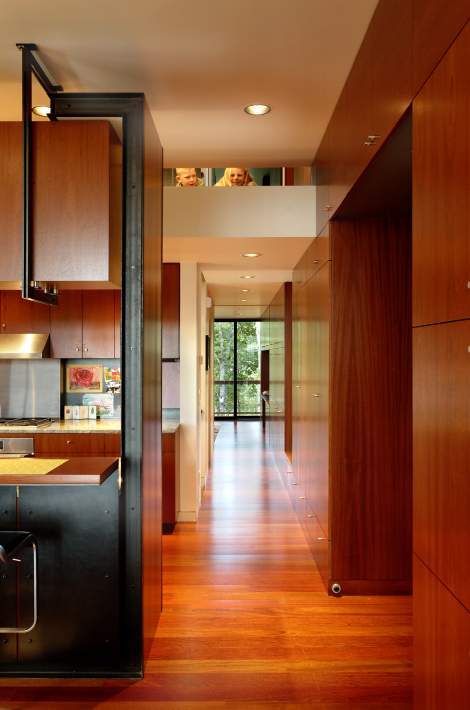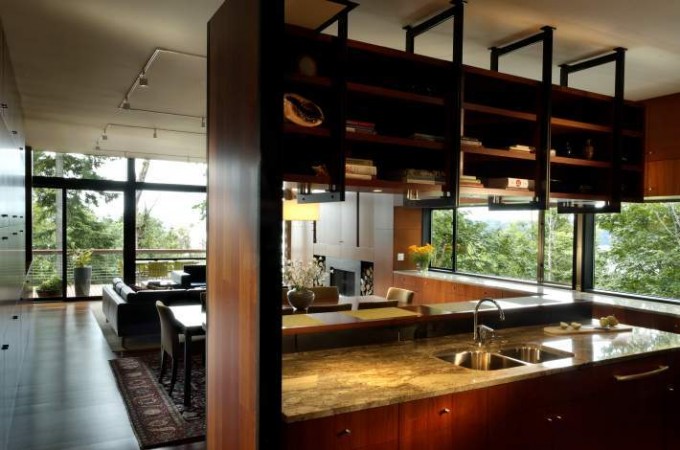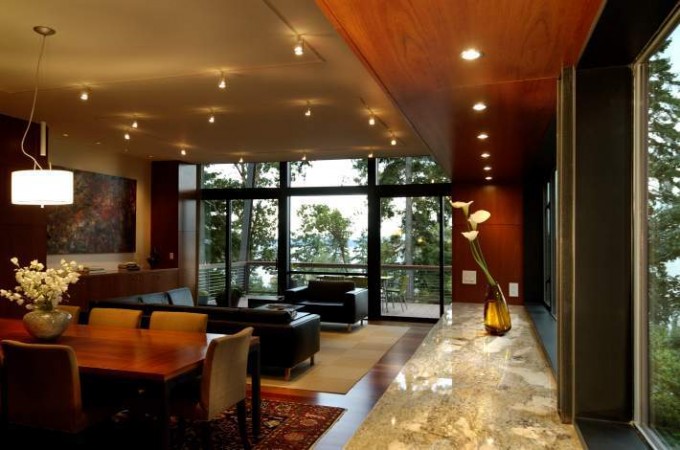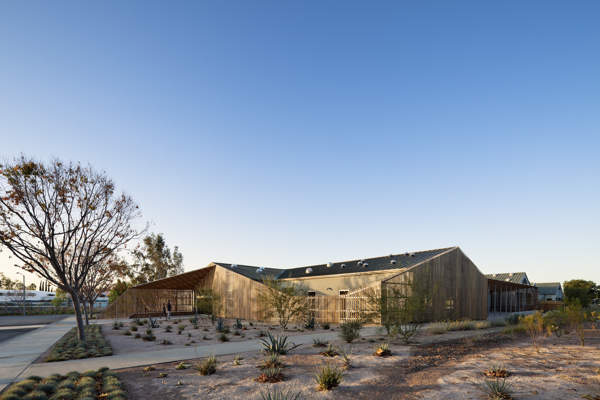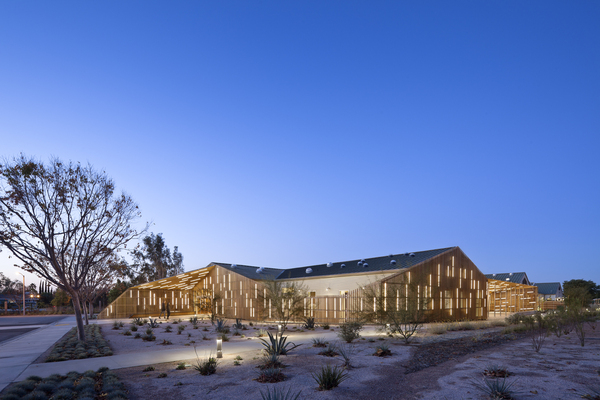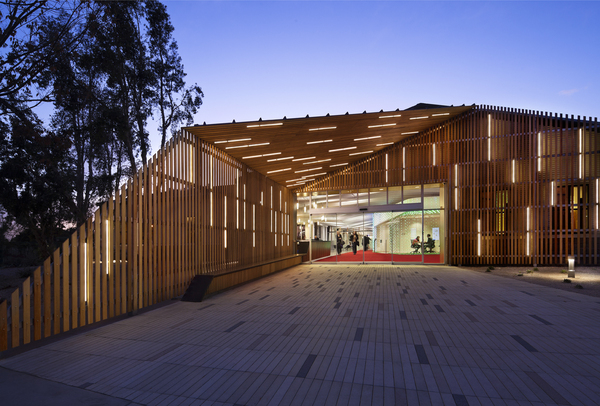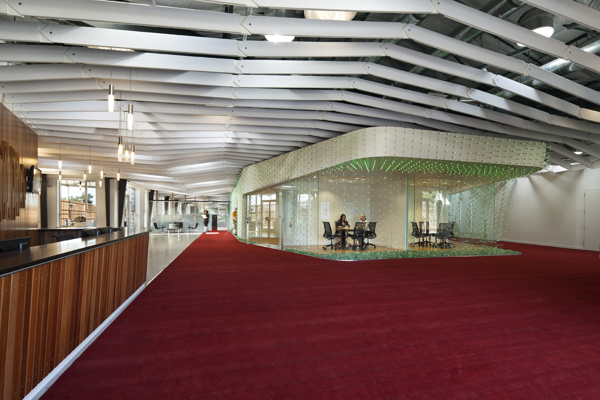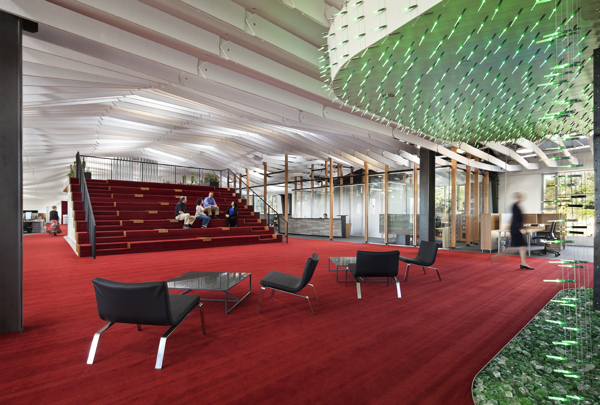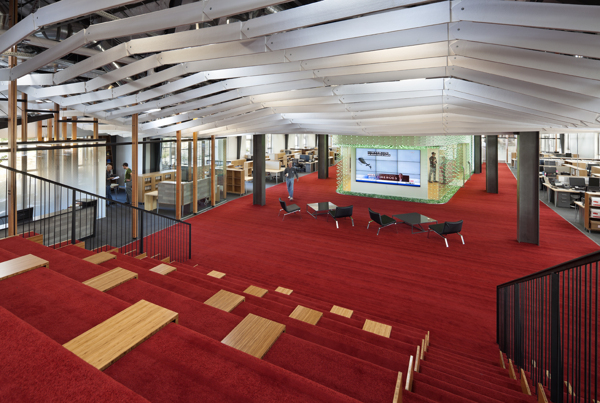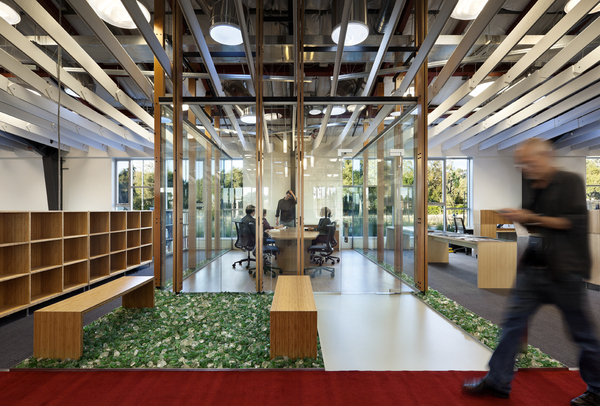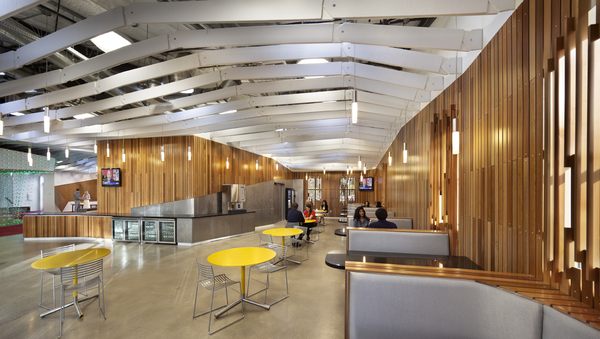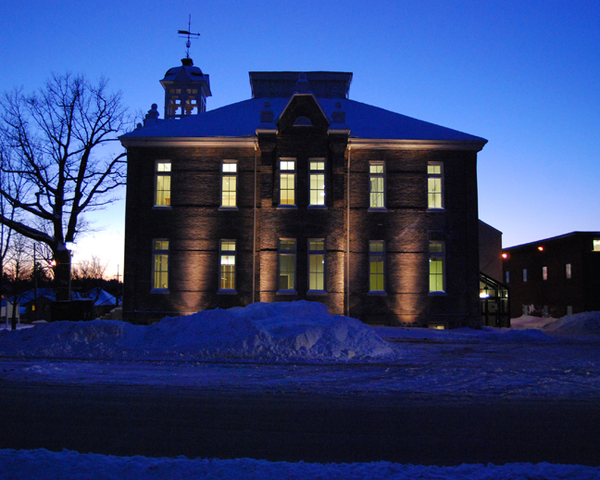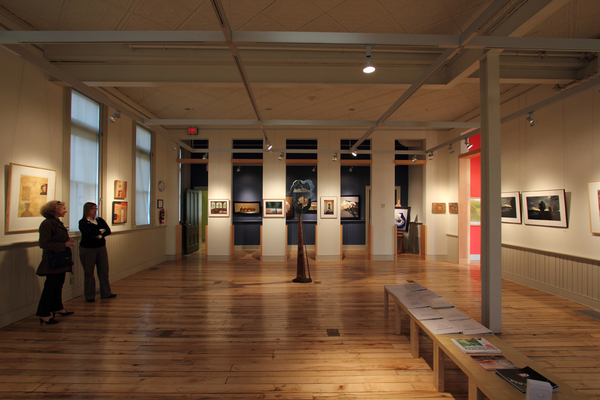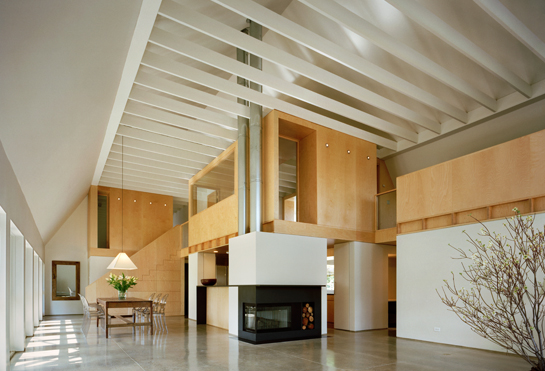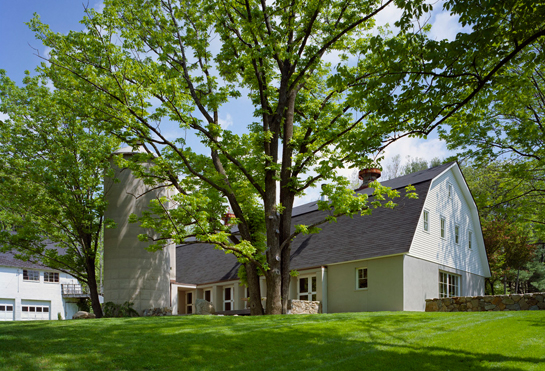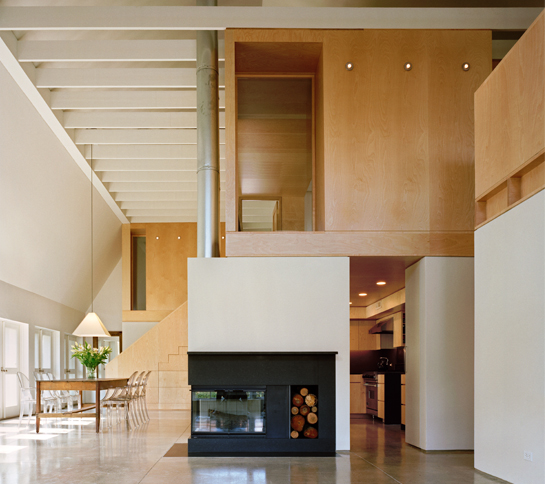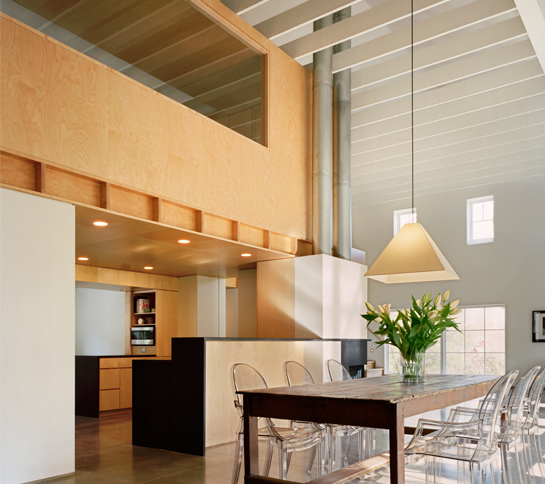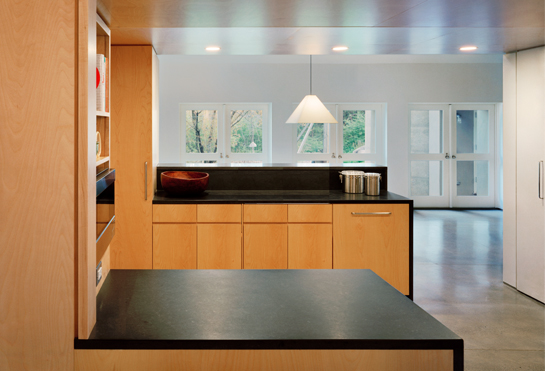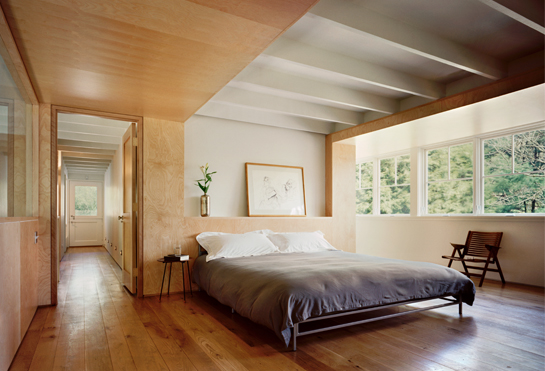In todays world everyone is obsessed with new things. Things that are faster, better, more efficient than its predecessor. There is nothing wrong with that, but I think that in terms of construction, architecture and buildings – it may sometimes be best to use the old as a base for that! Preserve history, while making it better. That is what Adaptive Reuse is all about – take something old, that was once awesome – make it new again and more awesome than it ever was! It can also create a pretty awesome and interesting building in the process!
What Is Adaptive Reuse?
If you have never heard of Adaptive Reuse before, don’t feel bad not a whole lot of people are aware of this practice! This is what the wiki has to say about it.
Adaptive reuse refers to the process of reusing an old site or building for a purpose other than which it was built or designed for. Along with brownfield reclamation, adaptive reuse is seen by many as a key factor in land conservation and the reduction of urban sprawl. However adaptive reuse can become controversial as there is sometimes a blurred line between renovation, facadism and adaptive reuse. It can be regarded as a compromise between historic preservation and demolition.
Adaptive reuse deals with the issues of conservation and heritage policies. Whilst old buildings become unsuitable for their programmatic requirements, as progress in technology, politics and economics moves faster than the built environment, adaptive reuse comes in as a sustainable option for the reclamation of sites. In many situations, the types of buildings most likely to become subjects of adaptive reuse include; industrial buildings, as cities become gentrified and the process of manufacture moves away from the city; political buildings, such as palaces and buildings which cannot support current and future visitors of the site; and community buildings such as churches or schools where the use has changed over time.
Adaptive reuse is seen as an effective way of reducing urban sprawl and environmental impact. By reusing an existing structure within a site, the energy required to create these spaces is lessened, as is the material waste that comes from destroying old sites and rebuilding using new materials. Through adaptive reuse old, unoccupied buildings can become suitable sites for many different types of use.
So yeah, Adaptive Reuse is awesome – It is a pretty efficient way to makeover some of the historic buildings in the world without destroying them, and keeping them useful. Check out some of the awesome examples of Adaptive Reuse Architecture below – they are truly inspiring by means of their epic design, and also the interesting history behind the old building or structure that they decided to renovate into the future! Whatever you are working on I hope you get inspired to dive into some architecture, or history, or implement some of that into your current project! As always, I hope you ENJOY!
Arthouse at the Jones Center – Austin, TX
Really awesome reuse of century-old buildings in Austin, TX. They did a fantastic job of making it look completely modern, almost futuristic! I especially like the interior design of the new building, along with the little protruding green glass windows on the outside, and the way they did the sign/logo on the front is awesome!
Grinnell Warehouse Adaptive Reuse
This project kept the outside of the building pretty intact, but the interior design is where the adaptive reuse magic happens. The Renovated Warehouse Office Space is Located in Charlotte, North Carolina (not too far from me! LoL). It used to be an old sprinkler warehouse so a lot of the accents and materials they used tried to echo some of that – turned out nice! I love learning about the history of renovated buildings, very interesting stuff!
Jianfu Palace Museum
I really love this type of architecture – so seeing something like this undergoing preservation into the future is really a sight to see! They did a really fantastic job on the stairs as well, it is so slick! This place is located in The Forbidden City, Beijing. Gotta love the name of that place, so cool!
Fort Ward Bunker House
This one is really creative awesomesauce. They took an existing historic concrete bunker in Bainbridge Island, Washington and restored it to be the foundation for this new home. A steel platform was erected above the bunker, with the house placed on top to take advantage of the views. It turned out really nice, super clean and modern!
Claremont University Consortium
This is the adaptive reuse of an underutilized 42,000-square-foot maintenance building for CUC in Claremont, CA. I think it turned out awesome – I really love the use of LED Lights to really make the place come alive at night!
Aurora Cultural Centre
Awesome transformation of an old school building from 1886 in Aurora, Ontario, Canada. They were able to make a really nice modern space while still respecting the architectural significance of the School.
Modern Barn Adaptive Reuse
This is a really cool adaptation of an old barn that was partially destroyed by fire – now its interior is super modernized! Love the polished concrete floors, they really blend well with the exposed maple framing and custom woodwork. Historic, Classy, Awesomesauce!
What was your favorite Adaptive Reuse Project? Any construction around your area we should know about? Let us know in the comments below! Thanks For Reading!
You like this? Don’t forget to follow us on twitter @andysowards and like us on facebook @andysowardsfan! We are also on that Google Plus & Pinterest thing.

